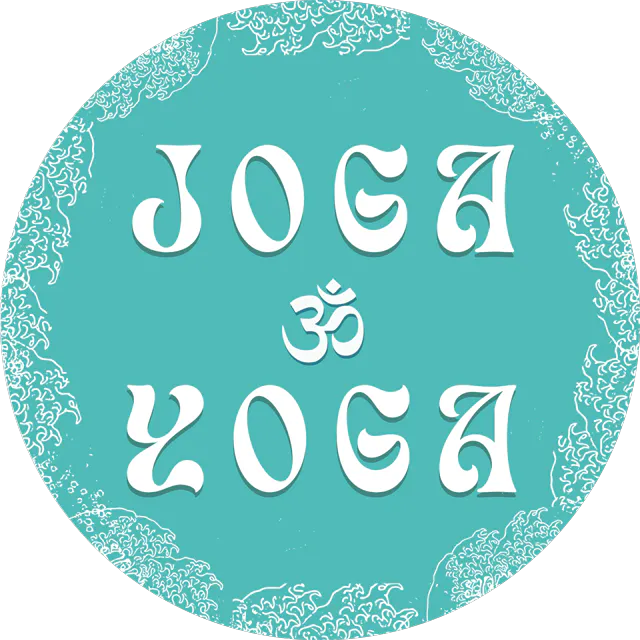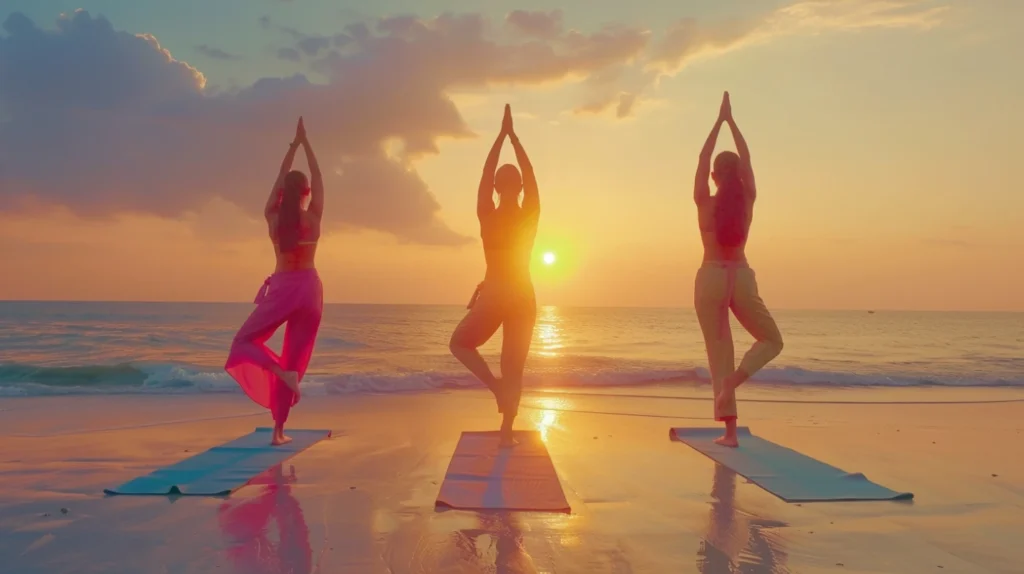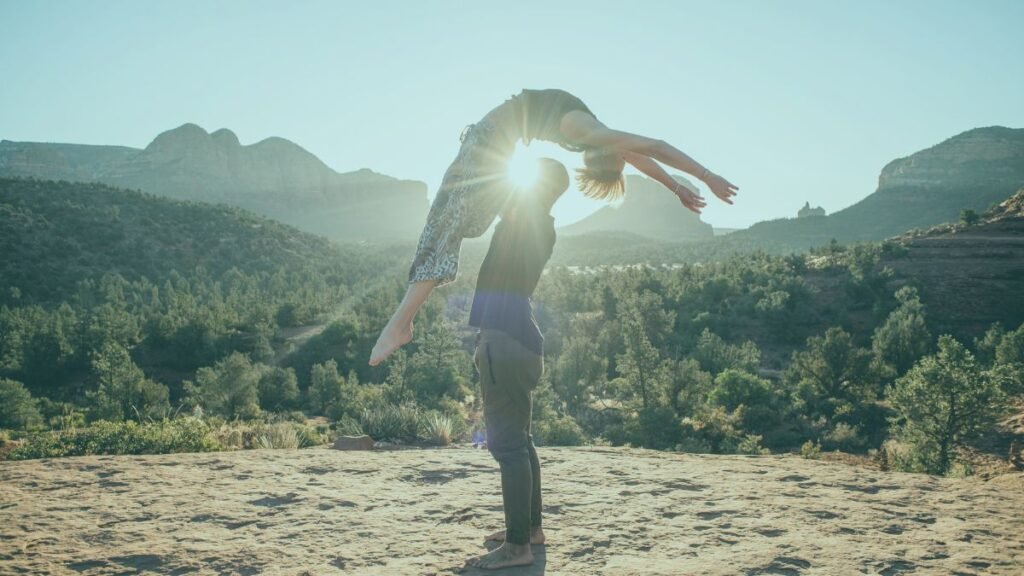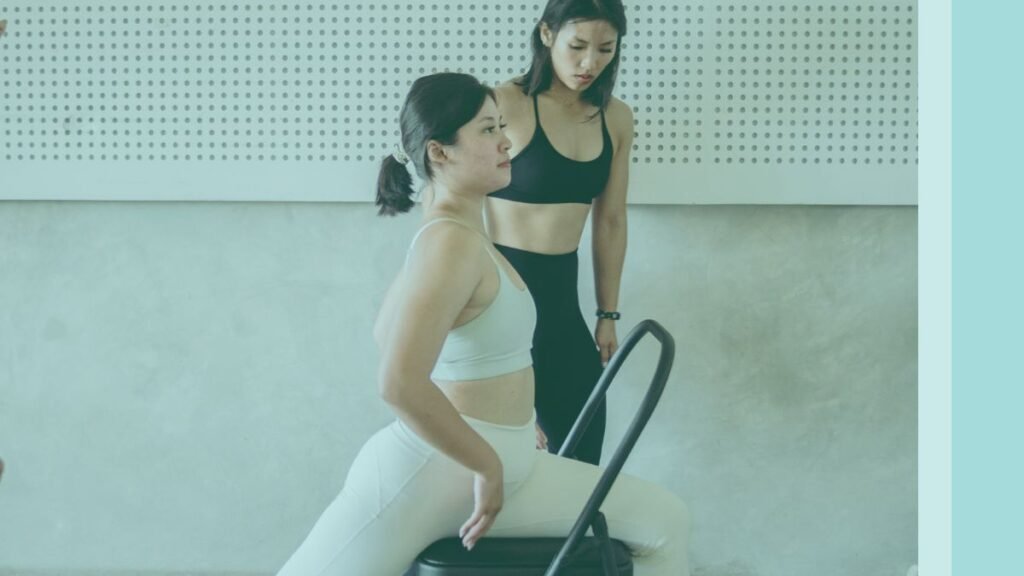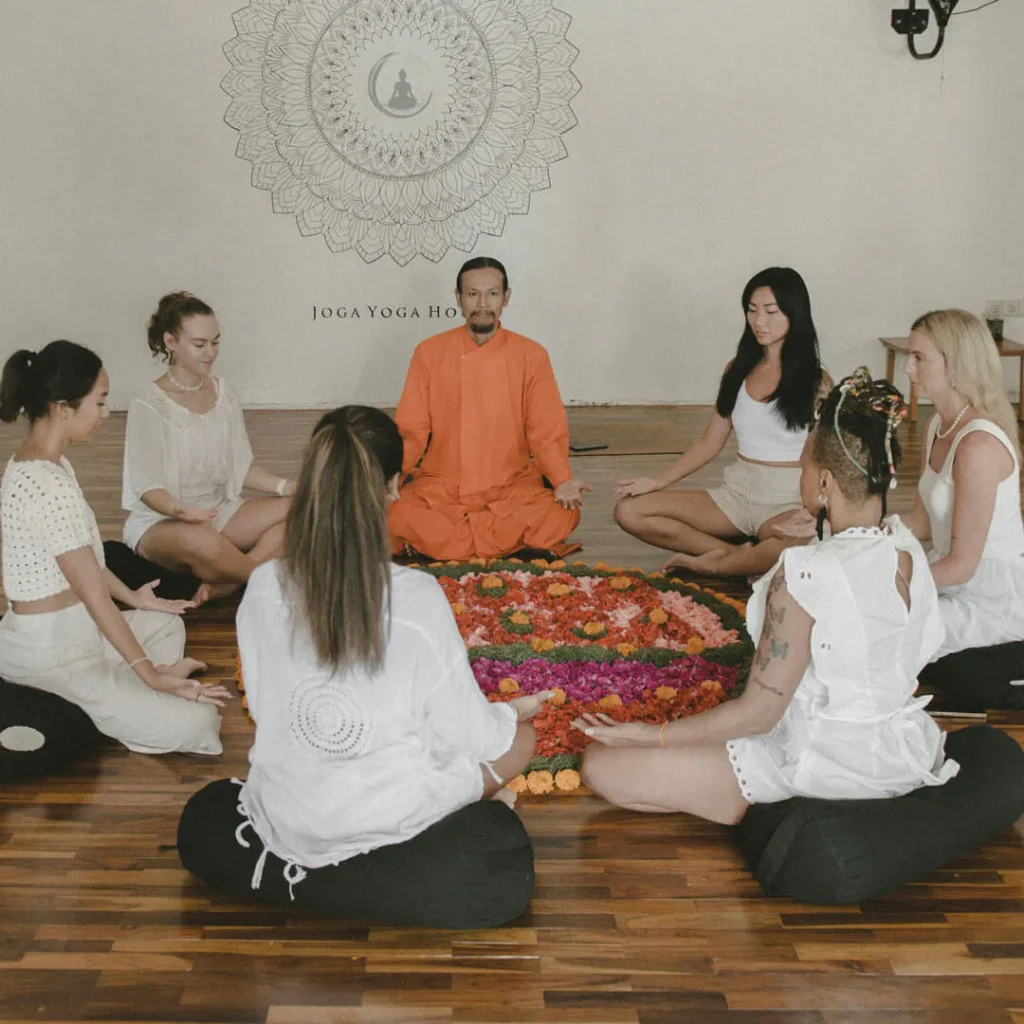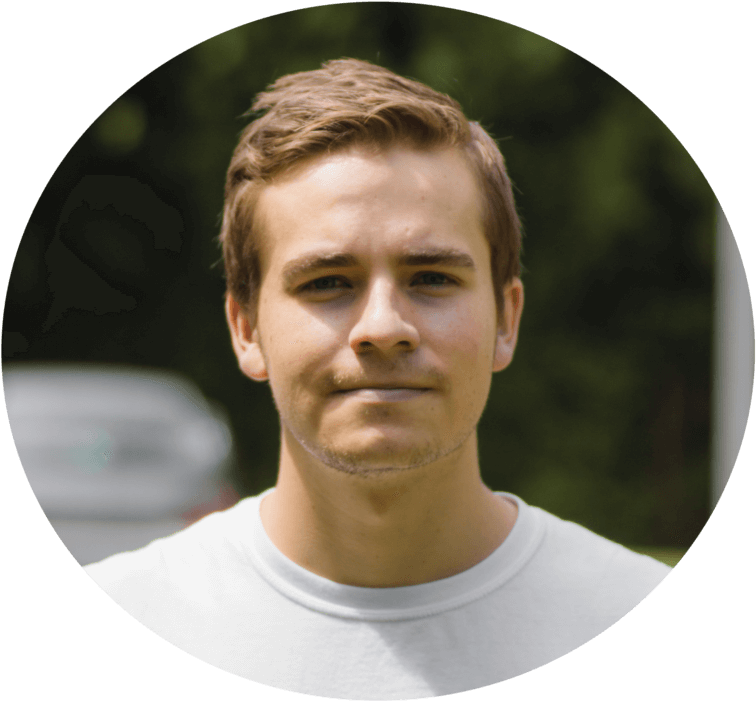Yoga is for everyone, no matter your age, fitness, or flexibility. If you are curious about yoga but don’t know where to begin, this guide is for you. Beginner yoga is all about learning simple poses, moving with your breath, and building a foundation step by step.
You don’t need fancy gear or years of experience. All you need is a mat, a little space, and an open mind. By the end of this guide, you’ll know the best beginner yoga poses, how to practice safely, and how to start a routine that fits your lifestyle.
What Is Beginner Yoga?
Beginner yoga is the practice of yoga designed for people who are just starting out. It focuses on the basics: learning easy poses, breathing deeply, and connecting your body and mind.
Instead of trying advanced positions, beginner yoga builds a strong base. You learn how to align your body, how to breathe properly, and how to move safely. The goal is not to push your body into difficult shapes but to feel comfortable and confident on the mat.
At its heart, yoga is about balance. Beginner yoga helps you build physical strength, release tension, and discover calmness. It is the first step toward a healthier and more mindful lifestyle.

Why Start Yoga as a Beginner?
Starting yoga as a beginner comes with many benefits. It is one of the most accessible ways to improve both your body and your mind.
- Physical Benefits: Beginner yoga improves flexibility, posture, and balance. Gentle stretches release tight muscles, while basic standing poses strengthen your legs and core.
- Mental Benefits: Breathing practices calm the nervous system and reduce stress. Even a short session can help you feel more focused and relaxed.
- Emotional Benefits: Yoga builds self-confidence and helps you manage emotions better. Many beginners notice they feel more patient, calm, and positive in daily life.
Beginner yoga is also great because it removes the pressure to “perform.” Instead of comparing yourself to others, you focus on your own journey. Every pose, no matter how simple, becomes a step toward growth.
Beginner Yoga Poses Step by Step
Learning a few simple poses is the best way to start yoga. These beginner poses help you build strength, improve flexibility, and learn how to connect movement with breath.
Mountain Pose (Tadasana)
- Stand tall with your feet hip-width apart.
- Press your feet into the ground and lift your chest.
- Relax your shoulders and keep your arms by your sides with palms facing forward.
This pose improves posture and helps you feel grounded before moving into other poses.
Downward-Facing Dog (Adho Mukha Svanasana)
- Begin on your hands and knees.
- Curl your toes under and lift your hips up and back, forming an upside-down V.
- Press your hands into the mat and keep your knees slightly bent if needed.
This pose stretches your back, shoulders, and hamstrings while building strength in your arms.
Child’s Pose (Balasana)
- Kneel on your mat with your big toes touching and knees apart.
- Sit back on your heels and stretch your arms forward.
- Rest your forehead on the mat and breathe deeply.
This pose is calming and helps release tension in the back and shoulders.
Cobra Pose (Bhujangasana)
- Lie flat on your stomach with your hands under your shoulders.
- Press into your hands and slowly lift your chest.
- Keep your elbows slightly bent and shoulders relaxed.
This pose strengthens your back and improves flexibility in your spine.
Warrior II (Virabhadrasana II)
- Stand with your feet wide apart.
- Turn your right foot out and bend your right knee over your ankle.
- Extend your arms out to the sides and gaze over your front hand.
This pose builds strength in your legs, opens your hips, and improves balance.
A Quick Beginner Yoga Routine (10 Minutes)
Here’s a simple flow you can practice at home. Move slowly, and use your breath to guide each step.
- Mountain Pose – Stand tall, take 3 deep breaths.
- Forward Fold – Exhale, fold forward, and relax your head.
- Half Forward Fold – Inhale, lift halfway with a flat back.
- Downward-Facing Dog – Step back, lift hips high.
- Child’s Pose – Rest here for 3 breaths.
- Cobra Pose – Lie down, inhale, lift your chest.
- Warrior II – Step up, bend one knee, extend arms.
- Return to Mountain Pose – Stand tall and breathe.
This short sequence stretches your whole body, builds strength, and helps calm your mind. Perfect for beginners who want a daily routine.
Choosing the Best Yoga Style for Beginners
Not all yoga styles are the same. Some are gentle, while others are more active. As a beginner, it’s helpful to start with styles that focus on basics and proper alignment.
- Hatha Yoga: Slow-paced and great for learning poses step by step.
- Vinyasa Yoga: A flowing style where poses are linked to breath. Good for building strength and stamina.
- Yin or Restorative Yoga: Gentle, slow poses held for longer. Helps release tension and improve flexibility.
If you are new, Hatha Yoga is usually the best place to start. Once you feel more confident, you can try Vinyasa for more movement or Yin for relaxation.

Props and Equipment for Beginner Yoga
You don’t need a lot of equipment to start yoga, but a few simple props can make your practice safer and more comfortable.
- Yoga Mat: Choose one that has good grip and enough padding for your knees and wrists.
- Yoga Blocks: These help you reach the floor when your flexibility is limited.
- Strap: Useful for stretching and holding poses like Seated Forward Fold.
- Blanket: Can support your knees or keep you warm during relaxation.
- Bolster: A firm cushion that helps in gentle, restorative poses.
Props are not just for beginners. Even experienced yogis use them to improve alignment and prevent injury. Think of them as tools that make yoga more accessible for every body.
Safety Tips for Beginners
Yoga is safe for most people, but it’s important to listen to your body. Beginners often push too hard, which can lead to injuries. Here are a few tips to stay safe:
- Warm up first: Stretch gently before starting your session.
- Don’t force flexibility: Move slowly into poses. If it hurts, ease out.
- Modify when needed: Use blocks, straps, or blankets to make poses easier.
- Rest when your body asks: Child’s Pose is a safe position you can return to anytime.
- Focus on breathing: Holding your breath creates tension. Always breathe steadily.
Practicing with awareness is the key to enjoying yoga safely.
How Often Should Beginners Do Yoga?
Consistency is more important than long sessions. For beginners, two to three times per week is a great place to start. Even 10–15 minutes a day can make a difference if you stay regular.
With time, you may choose to practice more often, but don’t feel pressure to do it every day. The goal is to build a routine that fits your lifestyle and keeps you motivated.
Remember, progress in yoga is gradual. Each session builds on the last, and over weeks and months, you’ll notice your flexibility, focus, and energy improving.
Beginner Challenges and How to Overcome Them
Starting yoga can feel exciting, but beginners often face a few common challenges. The good news is that these can be overcome with patience and simple adjustments.
- Stiffness: Many beginners feel tight in the hamstrings, hips, or shoulders. Use props like blocks and straps, and remember that flexibility improves over time.
- Consistency: It can be hard to stick to a routine. Try short, realistic sessions a few times a week instead of aiming for long practices.
- Intimidation: Comparing yourself to others in class can be discouraging. Focus on your own progress. Every yogi started as a beginner.
- Breathing: Beginners often forget to breathe during poses. Pay attention to slow, steady breaths to stay calm and avoid tension.
By approaching yoga with patience and self-compassion, you’ll find the practice becomes easier and more enjoyable over time.
Ready to Take Your Yoga to the Next Level?
Beginner yoga is a wonderful starting point, but real transformation comes when you dive deeper into the practice. At Joga Yoga in Bali, we guide students from around the world to experience yoga beyond the basics.
Our Yoga Alliance–certified teacher training programs are designed not just for aspiring teachers but also for anyone who wants to understand yoga on a deeper level. You’ll learn:
- Daily Hatha and Vinyasa practice
- Breathing techniques (pranayama) and meditation
- Anatomy and yoga philosophy
- How to build strength, flexibility, and inner peace
🌿 Practice in a peaceful yoga shala in Bali, surrounded by nature.
📅 Upcoming trainings: June, July, August 2025 and beyond (limited spots available).
👉 Explore Yoga Teacher Training in Bali with Joga Yoga and begin your transformative journey today.
Frequently Asked Questions (FAQs)
How do I start yoga if I’m not flexible?
Flexibility is not required to begin yoga. In fact, yoga helps you become flexible over time. Start with simple poses and use props to support your body.
What is the best yoga style for beginners?
Hatha yoga is the best style to start with because it focuses on basic poses and proper alignment. Vinyasa and Yin yoga are also good options once you feel comfortable.
How long should a beginner yoga session last?
A beginner session can be as short as 10–15 minutes. Over time, you can build up to 30–60 minutes depending on your schedule and comfort level.
Is 20 minutes of yoga enough for beginners?
Yes. Even 20 minutes of yoga can improve flexibility, reduce stress, and boost energy if practiced regularly.
Can I lose weight with beginner yoga?
Yoga can support weight loss by reducing stress, improving metabolism, and building strength. More active styles like Vinyasa can burn calories, while gentle yoga helps with mindful eating and lifestyle balance.
